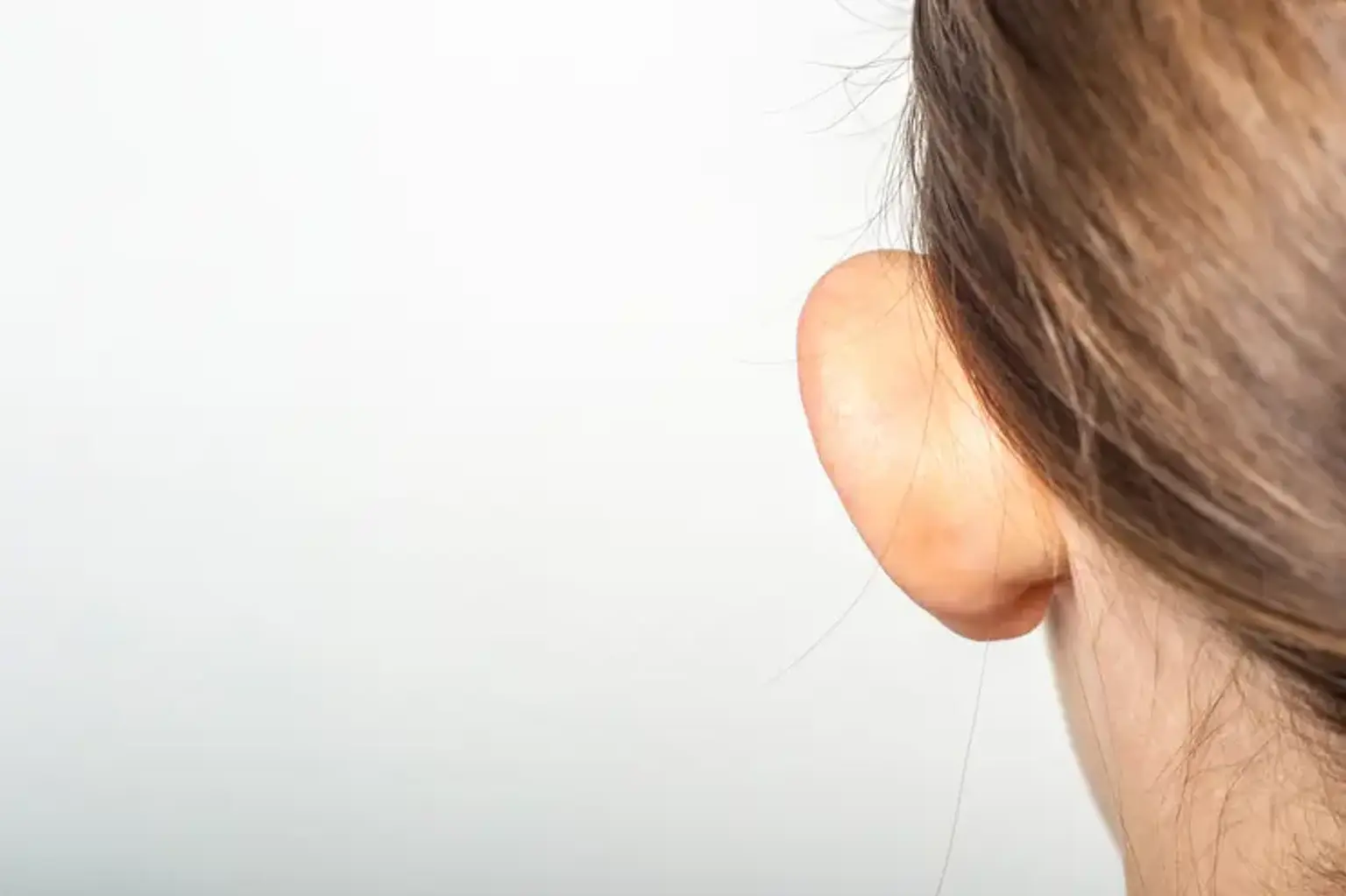Otoplasty
Overview
Otoplasty, or ear surgery, can enhance the form, location, or proportion of the ear. Otoplasty can fix an ear structural deficiency that is present at birth or becomes obvious throughout growth. This treatment can also be used to repair misaligned ears caused by damage.
Otoplasty restores harmony and symmetry to the ears and face by shaping them more naturally. Even small defects can have a significant impact on looks and self-esteem. If you or your kid are bothered by bulging or disfigured ears, you may want to explore cosmetic surgery.
What is Otoplasty?
Many patients are dissatisfied with the shape, size, or excessive protrusion of their ears and wish to have these aesthetic concerns addressed. As long as their ears are completely grown, children as young as five years old (and in certain situations, even younger) are eligible for otoplasty treatments.
Otoplasty is a cosmetic operation that uses permanent sutures to adjust the location, shape, or size of the ear. The most common reason for otoplasty is to address prominauris (protruding ears).
Some patients and parents, understandably, may be concerned about pain or discomfort, as well as recovery durations. During your introductory meeting, speaking with your otoplasty surgeon should help clear up any misconceptions and answer any of your questions. However, if you are thinking of having this treatment done on yourself or your child, there are a few things you should know about otoplasty recovery beforehand.
